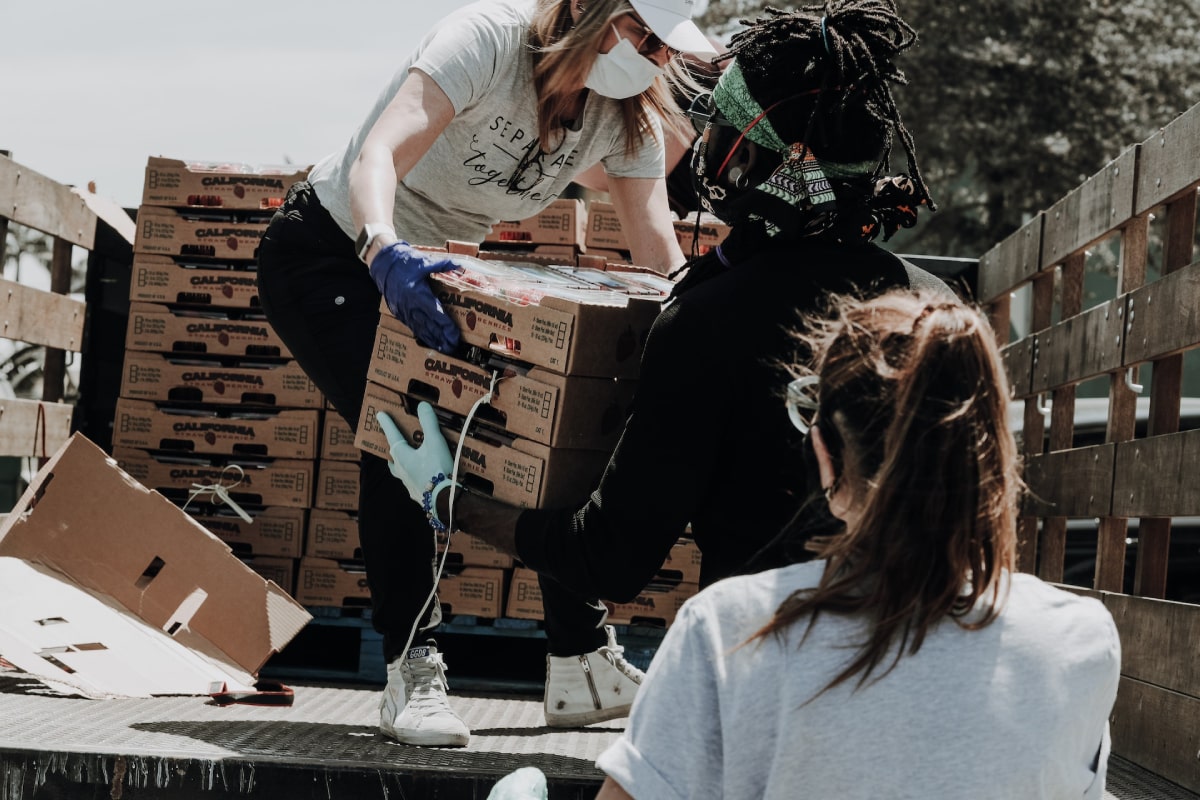In an increasingly divided world, building a strong, inclusive community isn’t just noble — it’s necessary. Whether you’re trying to create a more unified neighborhood, town, or even digital space, the journey begins with a simple decision: we are better together.
In this guide, you’ll learn how to start an inclusive community from the ground up — even if you’re starting alone.
Step 1: Define a Shared Vision
Before you can lead people, you must unite them around a cause. An inclusive community begins with a mission that everyone can see themselves in — regardless of background, race, faith, or politics.
How to do it:
- Host a listening session or online survey
- Ask: “What do you feel is missing in our community?”
- Create a simple, 1-sentence mission statement
Example: “We believe everyone in our town deserves to feel seen, safe, and supported.”
Step 2: Start Small, But Be Consistent
Big movements are built on small, repeatable actions. Don’t try to host a parade on Day 1. Instead, organize a small gathering — coffee meetups, park cleanups, or neighborhood walks — and do it regularly.
Why this matters:
Consistency builds trust. It shows commitment and draws others in over time.
Step 3: Welcome Diversity Intentionally
Inclusion isn’t passive — it’s active. That means reaching out to people who don’t look, think, or worship like you. True unity thrives when we bridge gaps, not reinforce silos.
Tips:
- Use language that reflects everyone (e.g., “neighbors” vs. “citizens”)
- Hold events in diverse locations
- Include a range of cultural foods, music, and speakers
Step 4: Partner with Local Organizations
You don’t need to do it all alone. Churches, schools, nonprofits, and local businesses are often eager to support unity-based efforts.
Ideas:
- Partner with a local school for a multicultural fair
- Ask a church to host a monthly dialogue night
- Invite a local restaurant to sponsor meals for your event
Step 5: Create Traditions That Unify
Shared traditions make people feel like they belong. They don’t have to be elaborate — even an annual Unity BBQ or “One Table” potluck can spark lasting bonds.
Creative examples:
- Unity murals or community garden planting days
- Monthly intergenerational storytelling circles
- Community Thanksgiving for everyone — not just the lonely
Step 6: Establish Leadership & Delegation
As your community grows, structure matters. Empower others to lead and share responsibilities so you don’t burn out.
Use tools like:
- Trello for task management
- WhatsApp or Slack for communication
- Rotating volunteer teams for setup, food, and cleanup
Step 7: Measure Progress and Evolve
Ask: Is our vision still serving everyone? What do people need now?
Methods:
- Anonymous surveys
- Feedback boxes at events
- 1-on-1 check-ins with community members
Adapt your mission over time while staying grounded in your core values.
Conclusion: Start Where You Are
You don’t need a title, a big budget, or even permission. Just a vision — and a willingness to act. The world needs more peacemakers, bridge-builders, and unity starters.
Start your journey today. Host a unity circle this month, post your mission online, or reach out to someone who’s never been invited in.
🕊️ Real change always starts small.
Back to KCC Home

Leave a Reply